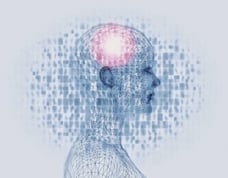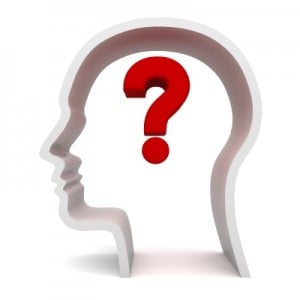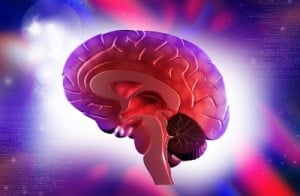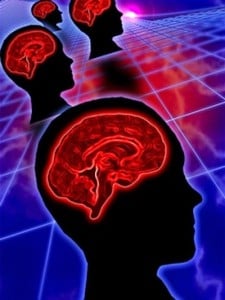 Studies have shown that between 4%-5% of American adults have been diagnosed with ADD or ADHD and 11% of American children. Symptoms of ADD/ADHD include trouble focusing, restlessness, excessive and impulsive speech, difficulty with patience, and forgetfulness. The causes of ADHD come from dysfunctional brain activity, which occurs mostly in the frontal lobes and central cortex. Shown by EEGs, brainwaves of children with ADHD have much higher rates of abnormalities in the brainwaves and displayed an excess of slow waves and less of the fast waves by comparison to a child without ADHD. Neurofeedback offers children and adults with ADHD the help needed by directly retraining the brain to function more effectively and eliminate the symptoms of ADHD.
Studies have shown that between 4%-5% of American adults have been diagnosed with ADD or ADHD and 11% of American children. Symptoms of ADD/ADHD include trouble focusing, restlessness, excessive and impulsive speech, difficulty with patience, and forgetfulness. The causes of ADHD come from dysfunctional brain activity, which occurs mostly in the frontal lobes and central cortex. Shown by EEGs, brainwaves of children with ADHD have much higher rates of abnormalities in the brainwaves and displayed an excess of slow waves and less of the fast waves by comparison to a child without ADHD. Neurofeedback offers children and adults with ADHD the help needed by directly retraining the brain to function more effectively and eliminate the symptoms of ADHD.
In 1984, as neurofeedback became more researched as a method of treating neurophysiological issues, Joel and Judith Lubar conducted an experiment to find out if neurotherapy could correct ADHD. They studied six young males, ages ten to nineteen, diagnosed with ADHD and they combined the treatment with academic work in subjects such as math and reading. All of the young men showed improvement in their brain function. The EEG showed increases in their SMR and decreases in their slow wave activity. Additionally, all of this was accomplished without the use of medications. This demonstrated that neurofeedback is an effective treatment for ADHD, and it opened the doors to the investigation of neurotherapy as a treatment for other learning difficulties.
By November of 2012, the American Academy of Pediatrics approved biofeedback and neurofeedback as a Level 1 option (or best option) for children with ADHD. Over a thousand clinical reports and various studies have shown obvious improvement in patients with ADD/ADHD including better attention span, less impulsivity, less hyperactivity, and better ability to process information. Children have shown a substantial decrease in unfavorable behavior such disruptive actions, fidgeting, and resistance to elders or other authority figures. There have even been reports of increased IQ scores after neurofeedback treatment sessions. Most impressively, all of this progress was accomplished without the use of medications.
Neurofeedback teaches the brain to function at its best possible ability by investigating the root of the problem and equipping the brain with the skills to do this naturally. In the case of ADD and ADHD, it teaches the brain how to be alert and focused when it needs to be. At Advanced Neurotherapy, major improvements have been observed in children diagnosed with ADD/ADHD. Parents have noticed children functioning better in school, as they are able to maintain organization, focus better, and create higher quality work for their classes by themselves, which additionally displays growing a child’s developing independence. Parents often report their children to be more conversational, better listeners, and able to express themselves more clearly. Adults with ADD/ADHD have reported increased energy, focus, productivity, and success in their work. Often times, the self esteem of those with ADD/ADHD rises as they feel able to accomplish their goals quickly and effectively, which in turn makes them more confident and happier. Neurofeedback subtly makes people more aware of how their brain responds to stimuli and teaches people how to improve function of the frontal lobes, which is the root of executive functioning.








